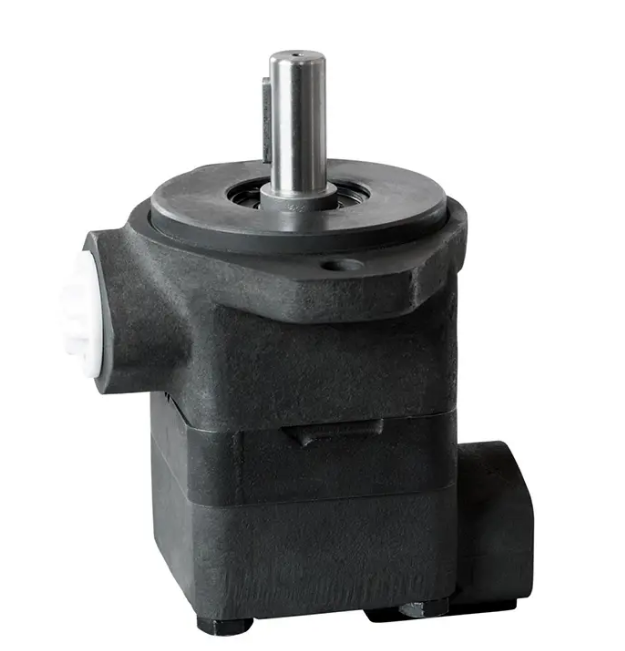
Adhesive wear:
Adhesive wear Wear that does not completely establish a fully lubricated state between friction pairs is called adhesive wear. This kind of wear is very large. The mechanism is that the two metal surfaces are uneven and the contact surface is extremely small, so the contact specific pressure is very large, which is enough to exceed the yield limit of the material and cause plastic deformation, causing the convex and concave metal surfaces to stick. When two metal surfaces slide relative to each other, the convex and concave surfaces with lower shear strength are sheared and worn.
Abrasive wear: The wear caused by hard abrasive particles such as metal particles, dust or other impurities such as oxides, fibers and resins is called abrasive wear. This kind of wear occurs in almost all friction pairs, especially in friction pairs with a certain oil film thickness. Abrasive particles will increase the wear on the surface of the friction pair, worsen the performance, and shorten the service life.
The main measures to reduce adhesive wear and improve wear resistance of vane pumps are as follows.
1. Choose metal pairs that are not easy to stick to each other. For example, when iron-silver or iron-yang are paired, or even when iron is paired with plastic and other materials to form a friction pair, the wear will be small (for example, if a ZQAI-4 bronze cylinder and a 38CrMoA1 valve plate are used to form a friction pair, the wear will be very small). But when iron-iron or iron-manganese form a friction pair with each other, the wear will be great.
2. Form a thin film with low shear strength on the metal surface to reduce friction, such as oxidation, phosphating, nitriding and other processes commonly used in production, which not only prevent corrosion but also reduce friction.
3. Reduce surface roughness, but appropriate roughness also has certain benefits in forming a lubricating oil film.
4. Increase hardness: The main measures to reduce or prevent abrasive wear are to strengthen filtration and prevent hydraulic media from being contaminated. The average pore size of the filter should be smaller than the friction gap that needs to be protected.
In addition, proper lubrication should be ensured for all friction pairs. As we all know, friction pairs such as the gear mesh of the gear pump, between the rotor and the distribution plate of the vane pump, and between the plunger and the cylinder hole of the swash plate axial piston pump all have self-lubricating properties. This is exactly what hydraulic One of the advantages of technology. However, some components in the pump, such as bearings, universal joints, etc., still need to take certain structural measures to achieve lubrication.
Post time: Jan-23-2024

